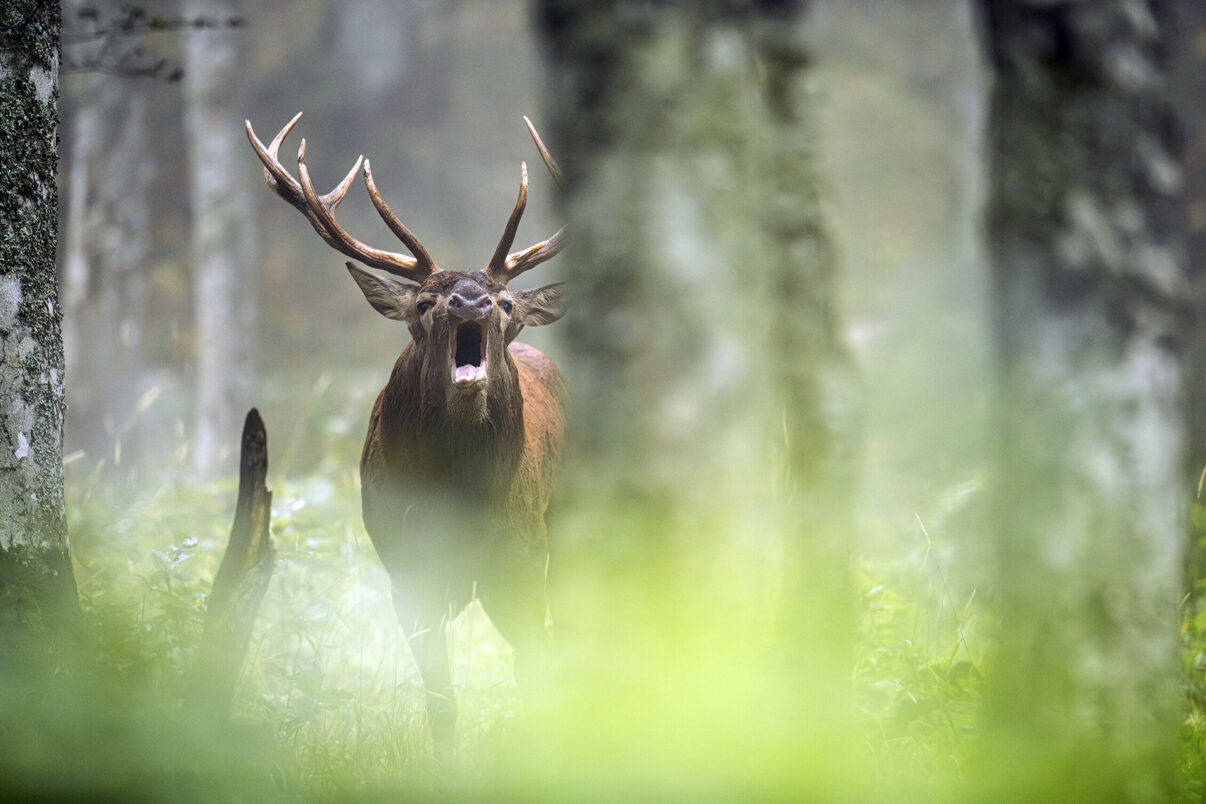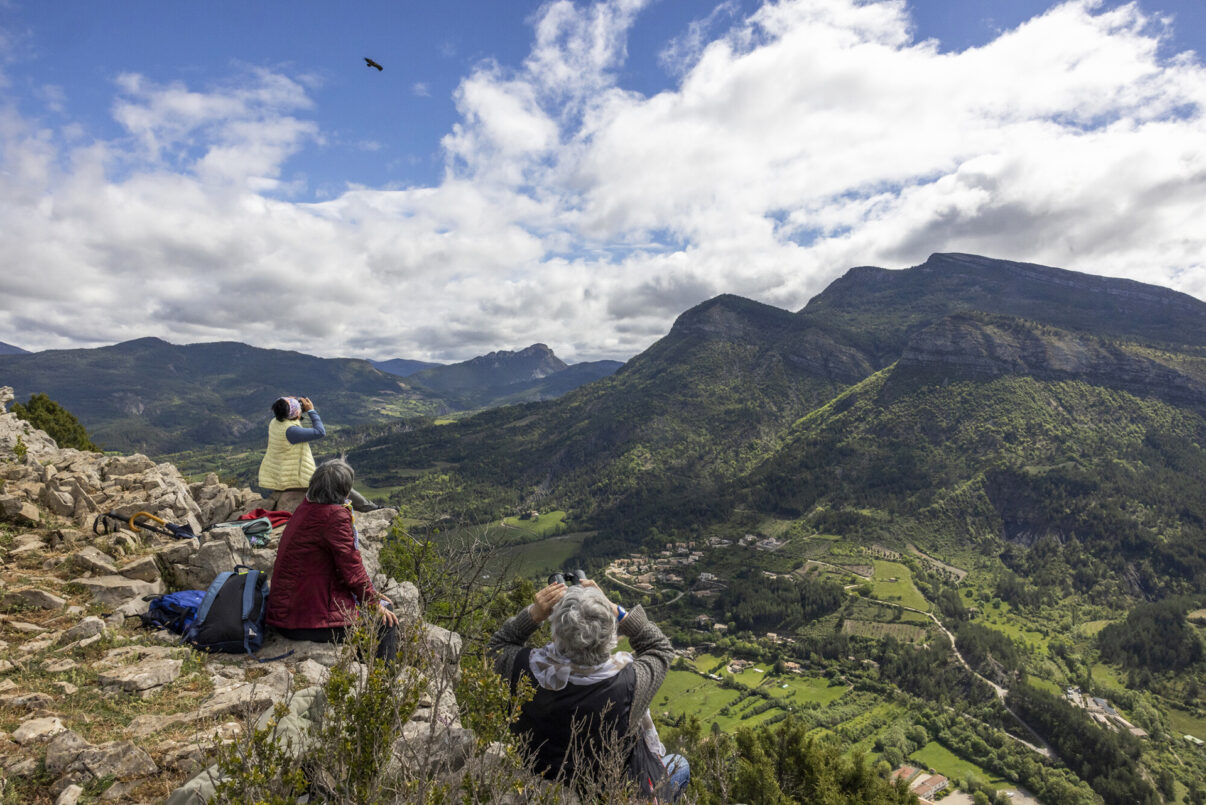Landscape overview
The Dauphiné Alps rewilding landscape covers approximately 500,000 hectares between the cities of Grenoble, Montélimar, and Gap. This area is characterised by diverse landscapes, ranging from Mediterranean vegetation to alpine zones, with vast swathes of forest and semi-wooded heathland, as well as mountain meadows, numerous cliffs, and some of the most important braided river sections in France.
The landscape encompasses several iconic protected areas, such as the largest nature reserve in France on the Vercors Highlands, which also hosts one of the country’s largest biological reserves. Several properties have been acquired by departmental councils and other public and private actors to conserve and restore biodiversity.
The Vercors and Baronnies Provençales regional natural parks, local authorities, the National Forest Office, and other organisations play key roles in a context where nature is seen as a regional asset.

